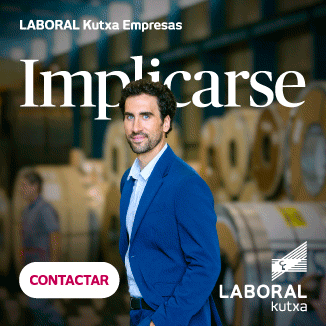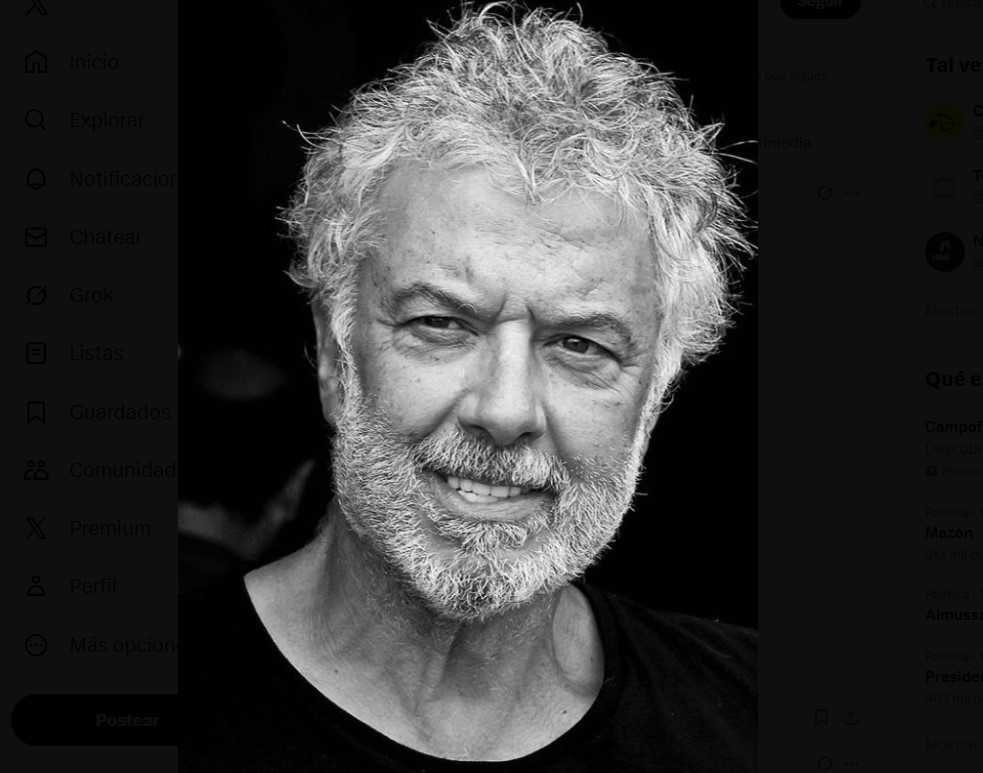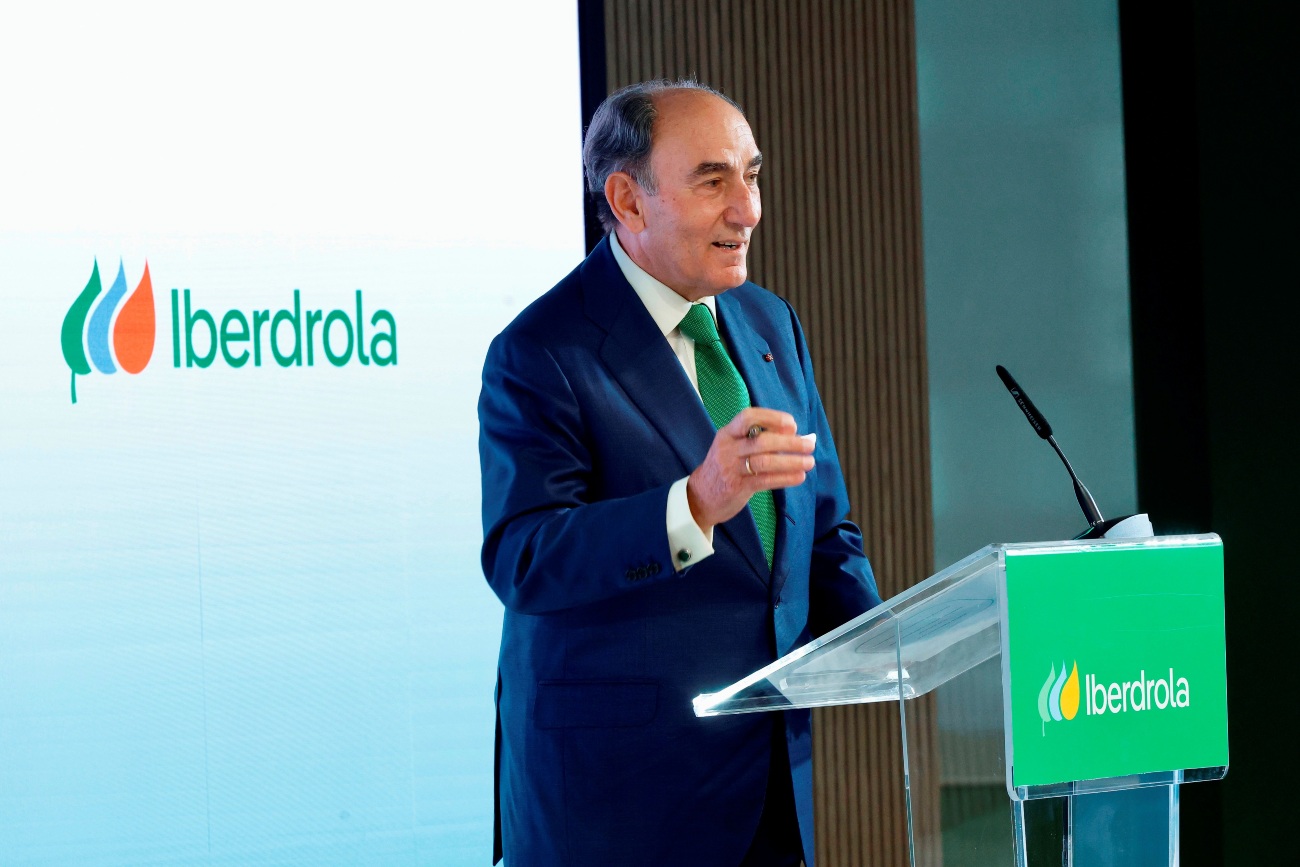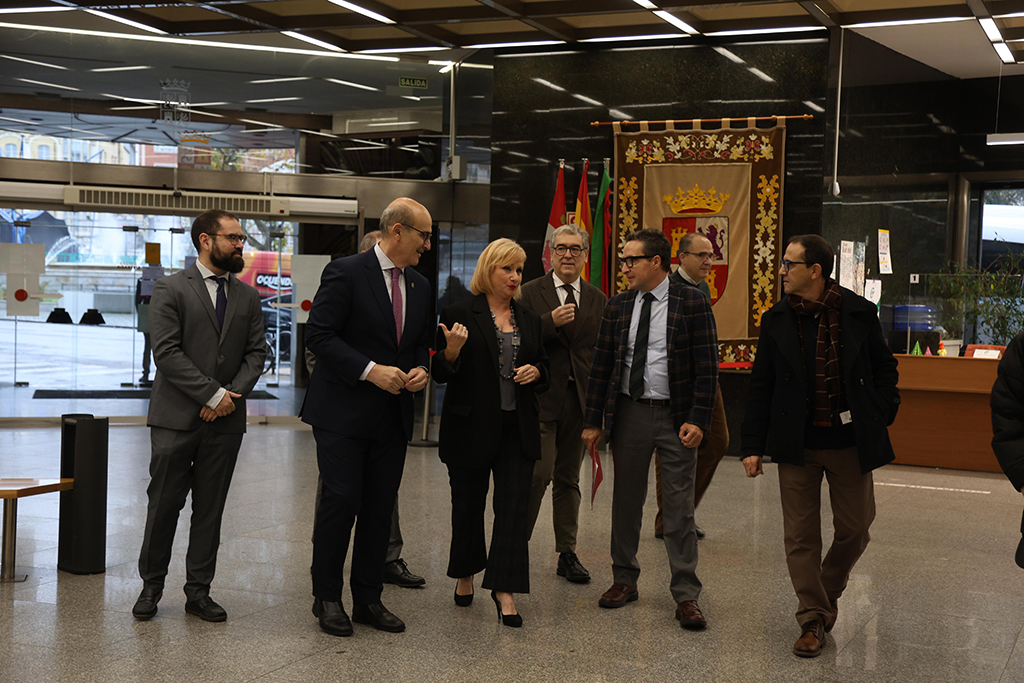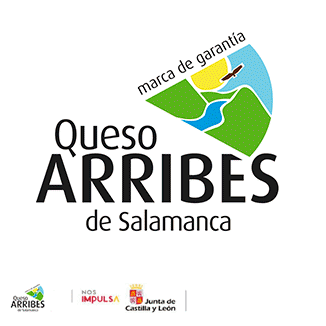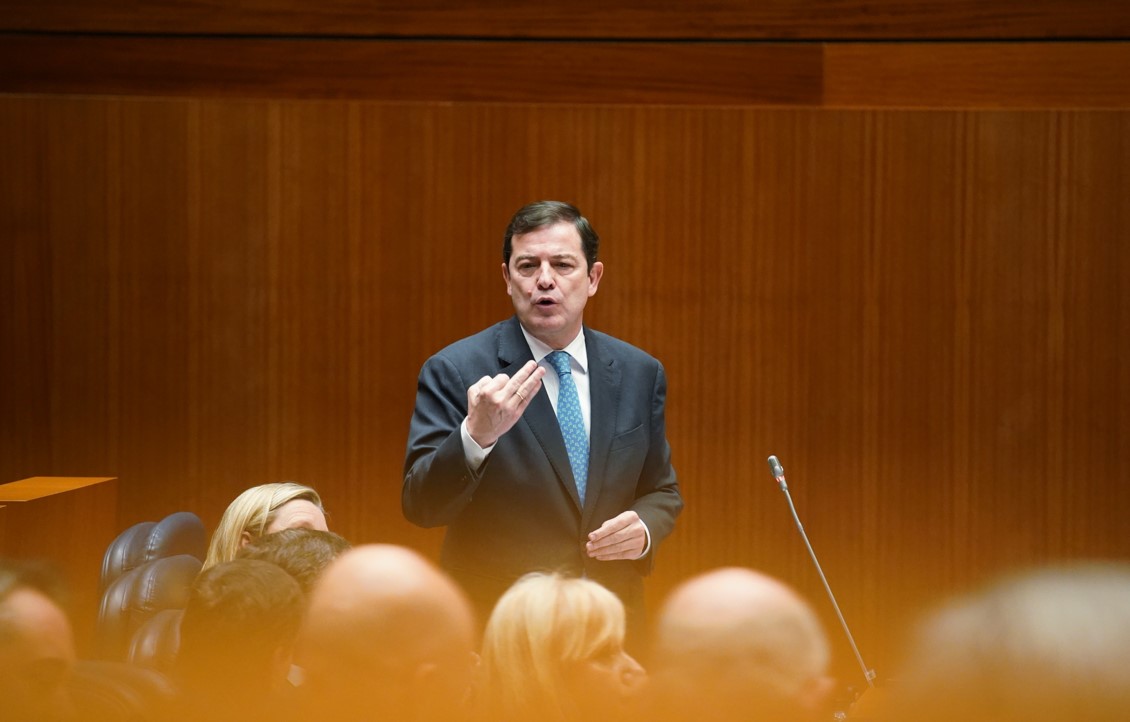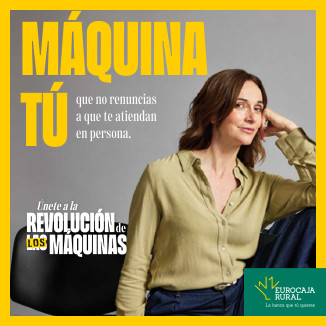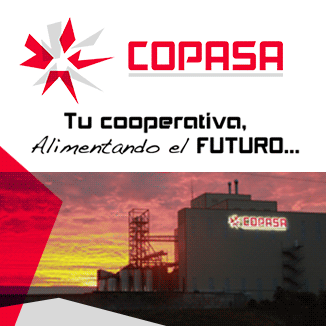PLANIFICANDO EL ECODISEÑO
La economía circular exige una colaboración entre todos los actores que participan del desarrollo económico de un producto o servicio y, además, considerar las acciones de aprovechamiento y prevención de impactos sobre el medioambiente desde la concepción de la mercadería hasta su desestimación por falta de rentabilidad. Así pues, la planificación durante la fase de diseño es fundamental para minimizar los riesgos ambientales y la contaminación.
Las organizaciones dispondrán de políticas adecuadas a la naturaleza, tamaño e impactos de los productos, servicios y procesos que realizan; que aseguren la mejora continua y la prevención de la contaminación formarán parte de ella; obviamente, estas reflejarán el compromiso del cumplimiento legal y cualquier otro que, voluntariamente, estimen oportuno; describirán la obligación de adaptar los productos y servicios a partir del conocimiento de los peligros y riesgos generados durante todo su ciclo de vida y proporcionará el escenario para establecer los objetivos ambientales.
Con base en los compromisos anteriores y a través del análisis del entorno se identificarán los peligros ambientales y sus riesgos dependiendo de si se trata del rediseño de productos o servicios existentes o de nuevos a diseñar, planificando las medidas preventivas que minimicen o eliminen las circunstancias que puedan generar impactos. Además, en la planificación se tendrá en cuenta los requisitos legales y demandas sociales que pudieren existir, así como los objetivos planteados para la fase de diseño.
Se hace necesario establecer un programa que asigne responsabilidades en los niveles relevantes de la empresa o institución, los medios y el calendario que refleje los tiempos necesarios para implantar las medidas preventivas y alcanzar los objetivos planteados.
Este proceso de ecodiseño puede ser planteado como un proyecto empresarial que mejore el desarrollo sostenible de la actividad.
“La naturaleza siempre trae excepciones a la regla”. (Sarah Margaret Fuller)
PLANNING ECODESIGN
The circular economy requires collaboration between all the actors involved in the economic development of a product or service and, in addition, to consider the actions of exploitation and prevention of impacts on the environment from the conception of the merchandise until its dismissal due to lack of profitability. Thus, planning during the design phase is essential to minimize environmental risks and pollution.
Organizations will have policies appropriate to the nature, size and impacts of the products, services and processes they perform; that ensure continuous improvement and prevention of pollution will be part of it; obviously, these will reflect the commitment of legal compliance and any other that, voluntarily, they deem appropriate; describe the obligation to adapt products and services based on knowledge of the hazards and risks generated throughout their life cycle and provide the setting for setting environmental objectives.
Based on the above commitments and through the analysis of the environment, environmental hazards and their risks will be identified, depending on whether it is a redesign of existing or new products or services to be designed, planning preventive measures that minimize or eliminate the circumstances that may generate impacts. In addition, the planning will take into account the legal requirements and social demands that may exist, as well as the objectives set for the design phase.
It is necessary to establish a program that assigns responsibilities at the relevant levels of the company or institution, the resources and the calendar that reflects the time needed to implement preventive measures and achieve the objectives set.
This process of eco-design can be proposed as a business project that improves the sustainable development of the activity.
“Nature always brings exceptions to the rule”. (Sarah Margaret Fuller)
Antonio González Losa
— oOo —



